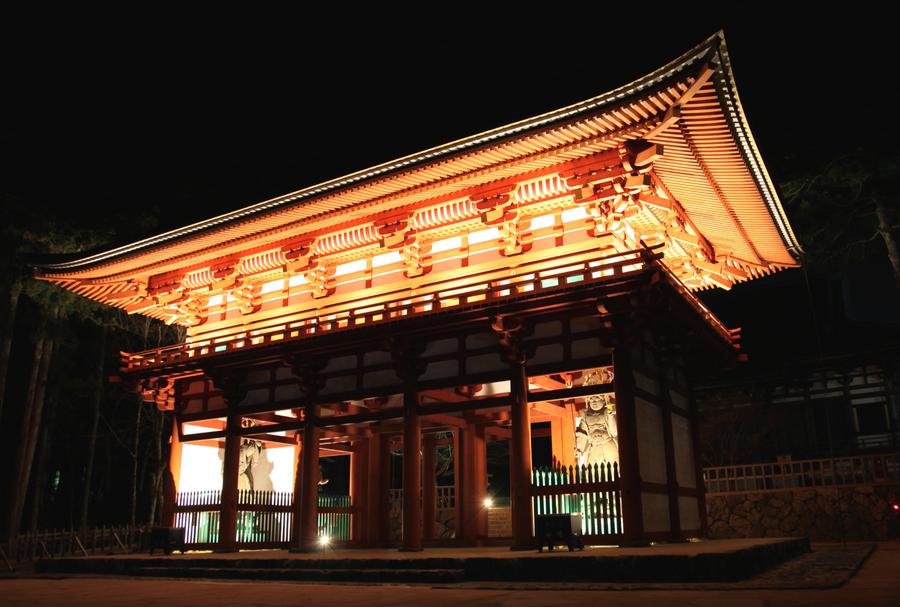History of Koyasan
A walk down a 1,200-year-old path that will soothe your soul and take you to a miraculous village nestled among the clouds.
Koyasan is a prominent sacred site in Japanese Buddhism, founded at the dawn of the Heian period by Kobo Daishi, one of Japan's most revered saints.
Kobo Daishi Kukai aspired to establish a central training center for Esoteric Shingon Buddhism in a secluded mountain region to ensure national stability, promote world peace, and enrich the lives of his practitioners.


In 816 (Kōnin 7), Emperor Saga, the reigning emperor, granted Kobo Daishi Kukai's wish by bestowing this land upon him to establish the central training center for Esoteric Shingon Buddhism.
This sacred mountain rises 1,000 meters above sea level and features a basin spanning approximately 6 km from east to west and 3 km from north to south. Its surrounding peaks, with eight inner and eight outer lobes, resemble the elegant form of a lotus flower.


Belief in the Master's nirvana began around the late 10th century, and combined with beliefs in Mount Koya as the Miroku Pure Land and Amida Pure Land, Mount Koya has attracted the faith and respect of the general public, and many people have been visiting the mountain for over a thousand years, up to the present day.


In July 2004, it was recognized as a UNESCO World Heritage Site under the name 'Sacred Sites and Pilgrimage Routes in the Kii Mountain Range.' Since then, it has welcomed visitors from across Japan and the globe. Additionally, Mount Koya received the highest accolade of three stars in the Japanese edition of the Michelin Travel Guide, affirming its status as an outstanding tourist destination.



